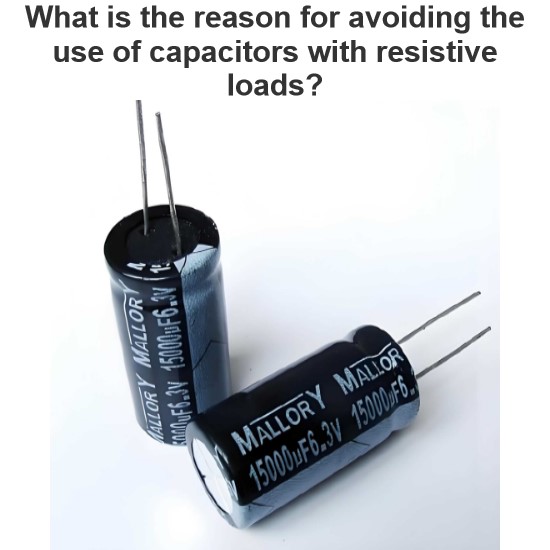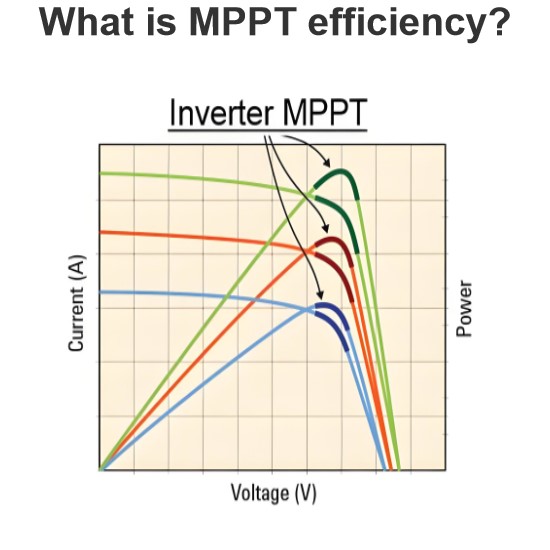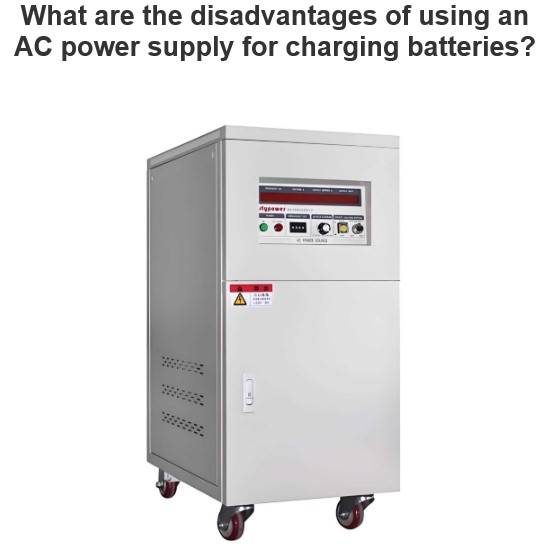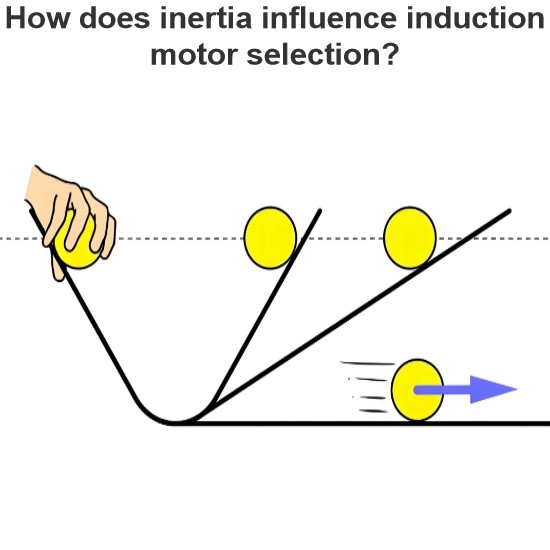How does replacing ceramic capacitors with electrolytic capacitors affect a circuit?
Using electrolytic capacitors (Electrolytic Capacitors) instead of ceramic capacitors (Ceramic Capacitors) can have several impacts on a circuit, primarily due to differences in their characteristics and their role within the circuit. Here are some key aspects to consider:
Capacitance and Size
Electrolytic Capacitors: Typically offer higher capacitance values and can operate over larger capacity ranges. Electrolytic capacitors are also physically larger and occupy more space.
Ceramic Capacitors: In contrast, ceramic capacitors are much smaller but generally provide lower capacitance values.
Operating Voltage
Electrolytic Capacitors: Usually designed for lower operating voltages, though there are high-voltage electrolytic capacitors available, they are not as common as ceramic capacitors in high-voltage applications.
Ceramic Capacitors: Can be designed for higher operating voltages, especially multi-layer ceramic capacitors (MLCC).
Frequency Characteristics
Electrolytic Capacitors: Perform poorly at high frequencies due to their higher Equivalent Series Resistance (ESR) and larger size, which may lead to degraded performance in high-frequency applications.
Ceramic Capacitors: Perform better at high frequencies because they have lower ESR and higher Self-Resonant Frequencies (SRF).
Temperature Stability
Electrolytic Capacitors: Have poorer temperature stability, particularly aluminum electrolytic capacitors. Temperature changes can affect their capacitance values and lifespan.
Ceramic Capacitors: Offer better temperature stability, especially types like X7R and C0G/NP0 ceramic capacitors.
Lifespan and Reliability
Electrolytic Capacitors: Generally have a shorter lifespan, especially in high-temperature environments. They may also dry out or leak, affecting the functionality of the circuit.
Ceramic Capacitors: Have a longer lifespan and higher reliability.
Impacts
If you substitute electrolytic capacitors for ceramic capacitors, you might encounter the following issues:
Filtering Effect: In filtering applications, electrolytic capacitors might introduce more ripple, particularly in the high-frequency range.
Inrush Current: In some circuits, the higher ESR of electrolytic capacitors could result in a larger inrush current.
Space Constraints: If space is limited, electrolytic capacitors may not be suitable replacements for ceramic capacitors.
Frequency Response: In high-frequency circuits, the performance of electrolytic capacitors may be inferior to ceramic capacitors.
Temperature Sensitivity: The capacitance value of electrolytic capacitors varies with temperature, which could impact the overall stability of the circuit.
In summary, replacing capacitors requires considering the characteristics of the capacitors and their function within the specific circuit. In certain cases, such as low-frequency filters or power supply decoupling, electrolytic capacitors might be appropriate; however, for high stability and high-frequency performance requirements, retaining ceramic capacitors would be advisable.
The Electricity Encyclopedia is dedicated to accelerating the dissemination and application of electricity knowledge and adding impetus to the development and innovation of the electricity industry.




